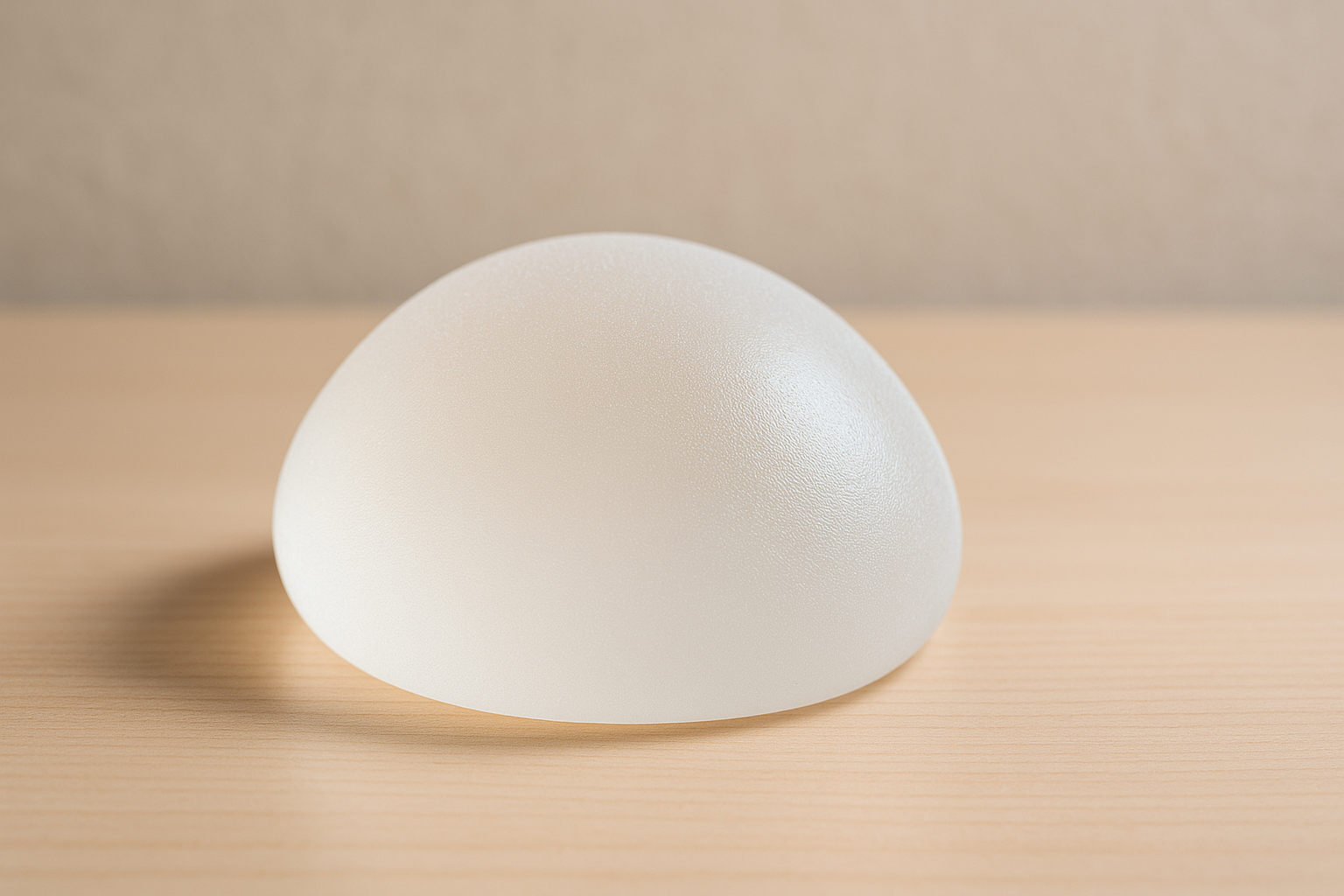Breast implants are one of the most common cosmetic surgeries performed around the world. Whether for cosmetic enhancement, reconstruction after surgery, or gender-affirming procedures, many women choose breast implants for various personal, medical, and emotional reasons. Like any medical intervention, it comes with both benefits and potential risks.
Why Women Choose Breast Implants
1.
Cosmetic Enhancement
Many women opt for breast implants to:
- Increase breast size
- Improve body proportions
- Restore volume lost after weight loss or pregnancy
- Correct asymmetry between breasts
2.
Post-Mastectomy Reconstruction
Women who have undergone mastectomy (surgical removal of breast tissue due to breast cancer) may choose implants for breast reconstruction to regain a sense of femininity and normalcy.
3.
Gender-Affirming Surgery
Transgender women may choose breast implants as part of gender-affirming procedures to develop a more traditionally feminine chest appearance.
4.
Correction of Congenital Deformities
Conditions like tuberous breasts, Poland syndrome, or underdeveloped breasts can be corrected with implant surgery.
Types of Breast Implants
There are two main types of implants used worldwide:
1.
Saline Implants
- Filled with sterile saltwater.
- Inserted empty and filled after placement.
- In case of rupture, saline is absorbed by the body harmlessly.
- Firmer and may ripple more.
2.
Silicone Implants
- Filled with silicone gel, which feels more like natural breast tissue.
- More popular due to a natural look and feel.
- Requires regular monitoring (MRI/ultrasound) to detect silent rupture.
3.
Structured Implants
- A newer type that combines saline with internal structure to give a natural feel.
4.
Gummy Bear Implants
- A form-stable silicone implant that retains shape even if the shell is broken.
- Firmer and less likely to rupture.
Procedure Overview
1.
Pre-Surgery Consultation
- Assessment of body type, goals, and expectations.
- Health evaluation and imaging tests.
2.
Surgery
- Usually takes 1–2 hours.
- Performed under general anesthesia.
- Implant placed either above (subglandular) or under the chest muscle (submuscular).
3.
Recovery
- Return to light activities in a few days.
- Full recovery in 4–6 weeks.
- Swelling and soreness are common initially.
Benefits of Breast Implants
- Enhanced body confidence and self-image
- Restored breast volume after childbirth or weight loss
- Balanced appearance in clothing and swimwear
- Improved symmetry
- Psychological benefits post-mastectomy or trauma
Risks and Complications
Despite its popularity, breast implant surgery has potential risks:
Short-Term Risks
- Pain, swelling, infection
- Bleeding or hematoma
- Scarring or delayed healing
Long-Term Risks
- Capsular contracture: Scar tissue hardens around the implant
- Implant rupture or leakage
- Changes in nipple/breast sensation
- Breast Implant Illness (BII): Fatigue, joint pain, cognitive issues (under investigation)
- BIA-ALCL (Breast Implant-Associated Anaplastic Large Cell Lymphoma): A rare cancer linked to textured implants
Post-Surgery Care and Maintenance
Immediately After Surgery
- Wear a surgical support bra.
- Sleep on your back.
- Avoid heavy lifting and strenuous activities.
Long-Term Care
- Monitor breast changes and report any unusual symptoms.
- Silicone implants require periodic MRI scans every 3–5 years.
- Regular follow-ups with a plastic surgeon.
Who Should Avoid Breast Implants?
- Pregnant or breastfeeding women
- Individuals with untreated cancer or active infections
- Those with autoimmune disorders or poor wound healing
- People with unrealistic expectations or body dysmorphic disorder
- Smokers (unless they quit weeks before surgery)
- Age below 18 (for saline) or 22 (for silicone)
Average Treatment Cost
The cost varies based on country, clinic, surgeon’s experience, and type of implant.
| Region | Average Cost (USD) |
| United States | $6,000 – $12,000 |
| India | Rs 2.5 lakhs- rs 4.5 lakhs |
| UK | £3,500 -£7,000 |
| Australia | AUD 8,000 – AUD 15,000 |
| UAE | AED 25,000 -AED 40,000 |
Note: Cost usually includes surgeon’s fee, hospital charges, anesthesia, and implant cost. Follow-up and complication care may be extra.
Alternatives to Breast Implants
- Fat Transfer Breast Augmentation: Using your body fat (from abdomen or thighs) to enhance breast volume.
- External breast prosthesis: Non-surgical option post-mastectomy.
Conclusion
Breast implants can significantly improve quality of life for many women — offering both aesthetic and emotional benefits. However, it’s essential to have a detailed consultation with a certified plastic surgeon, understand the risks involved, and maintain long-term follow-up care. Making an informed decision is crucial for a safe and satisfying outcome.




